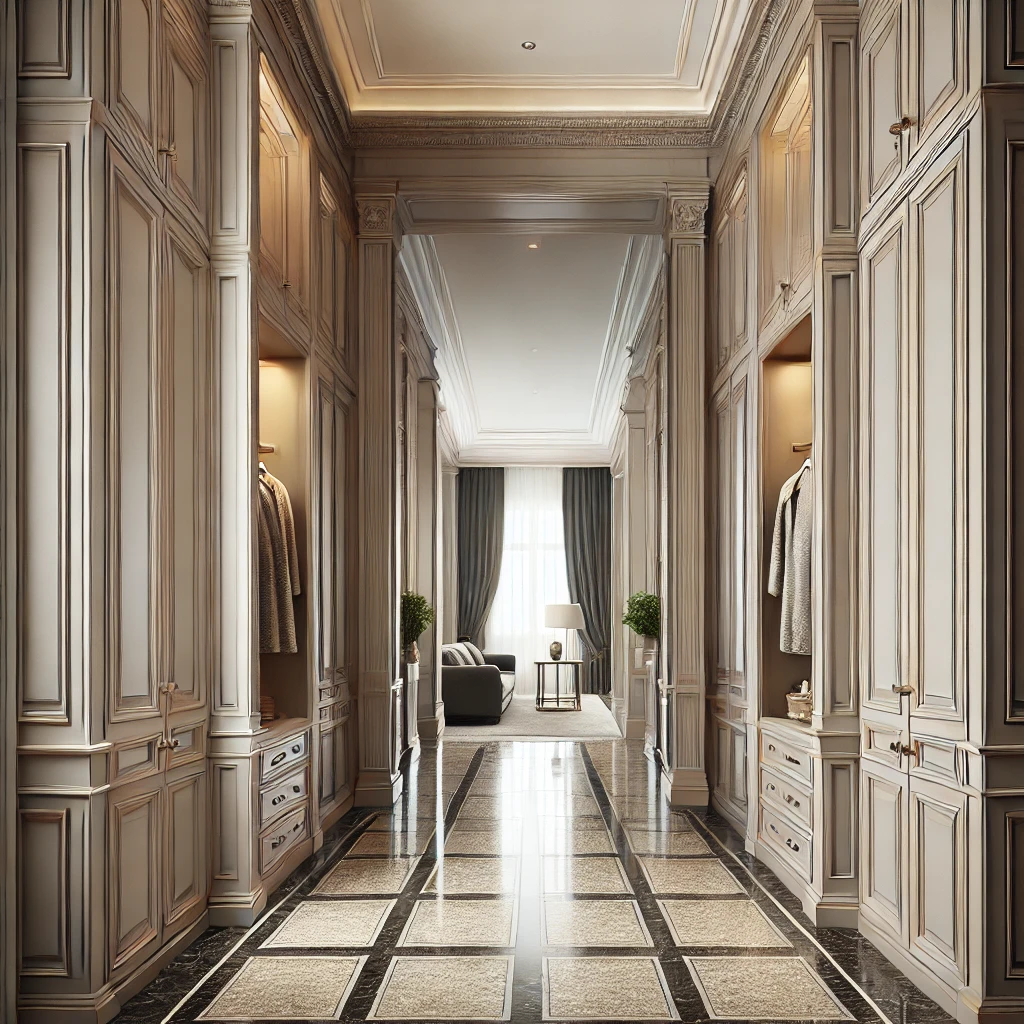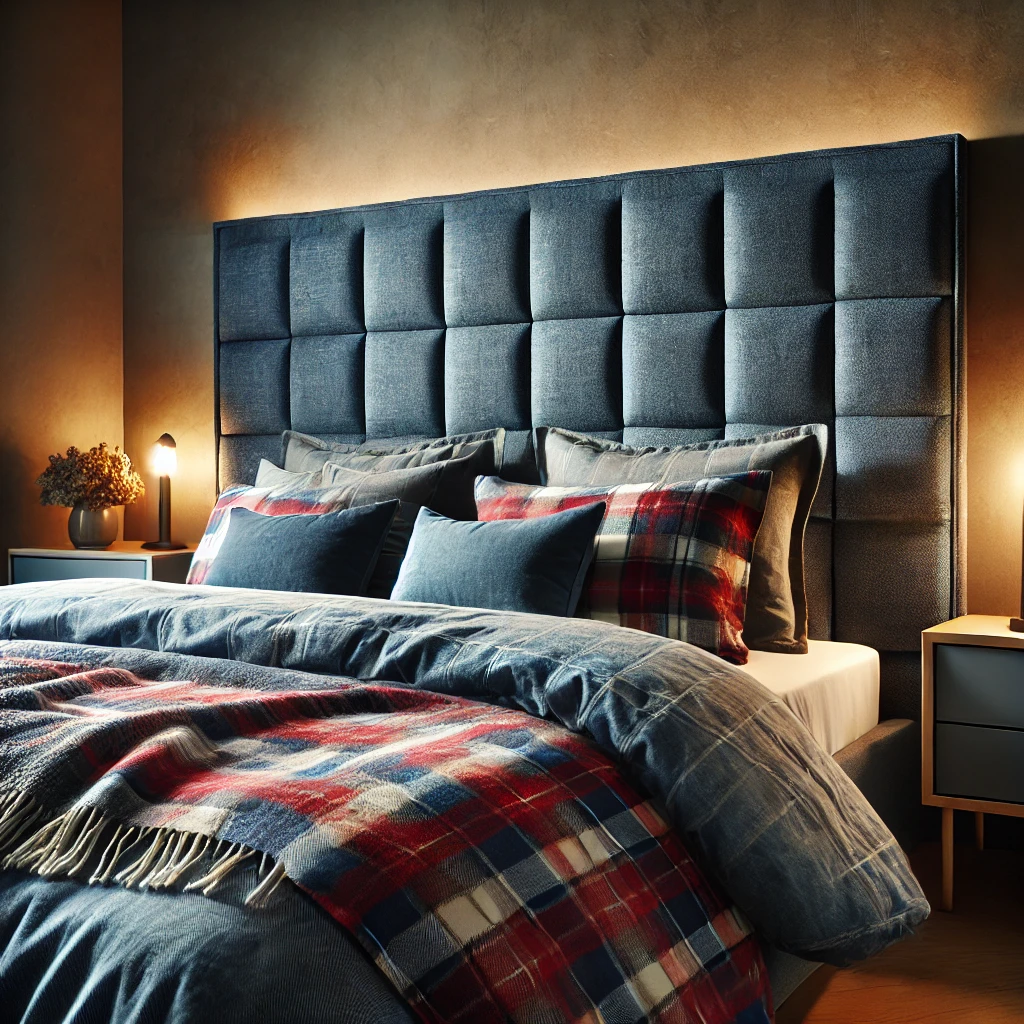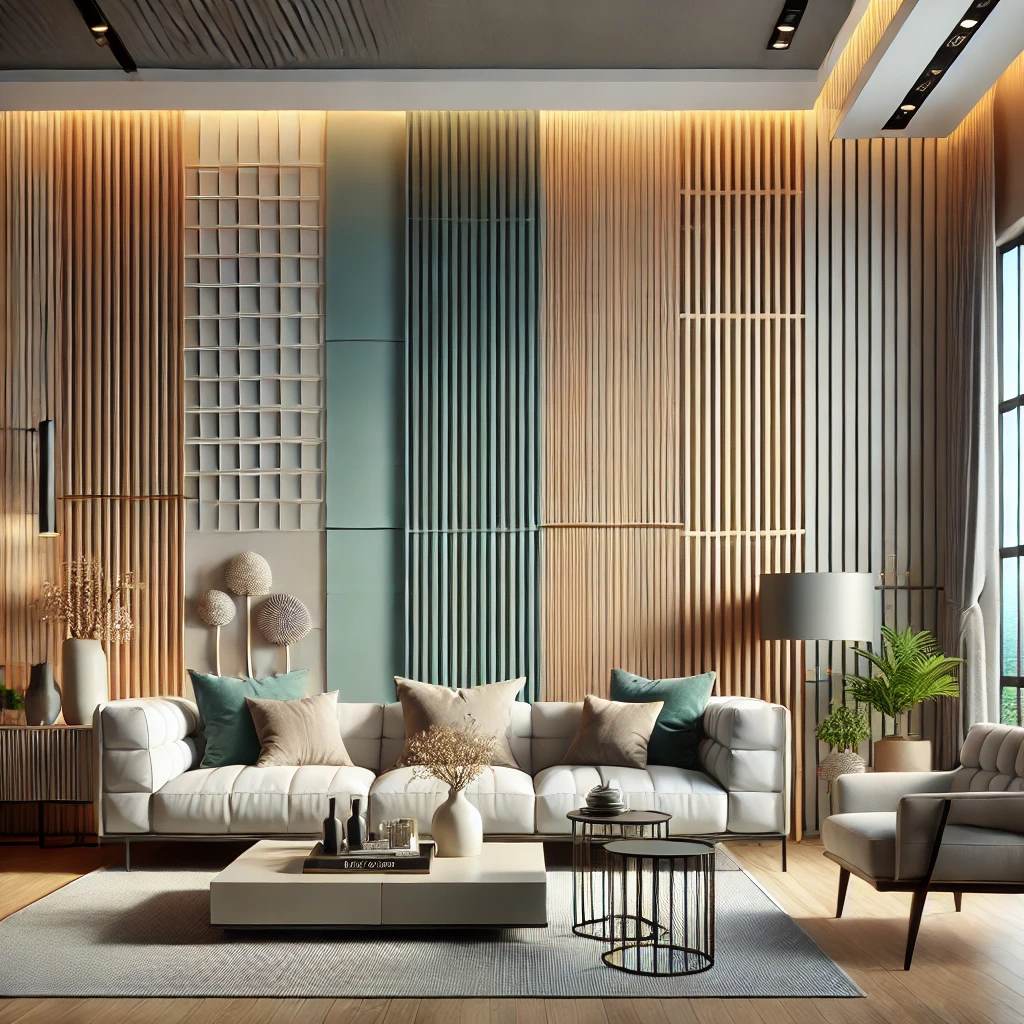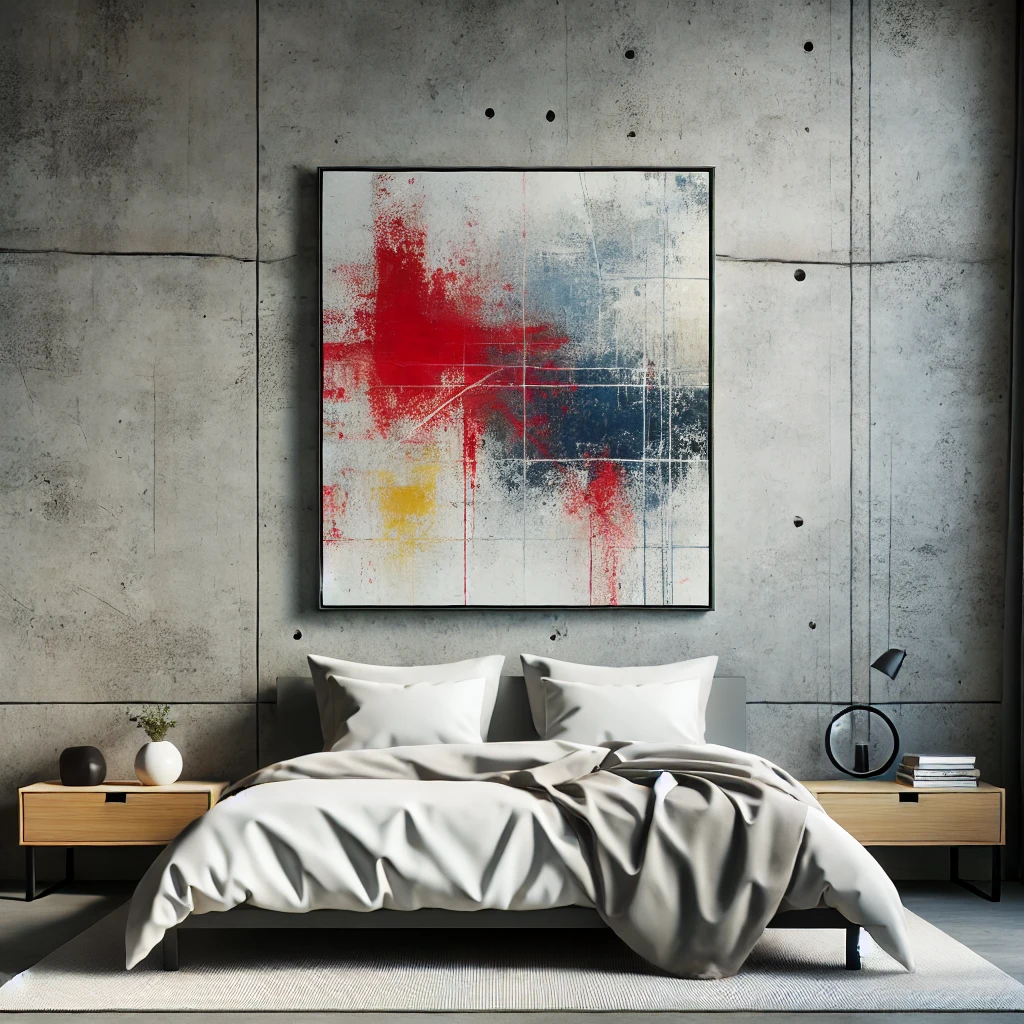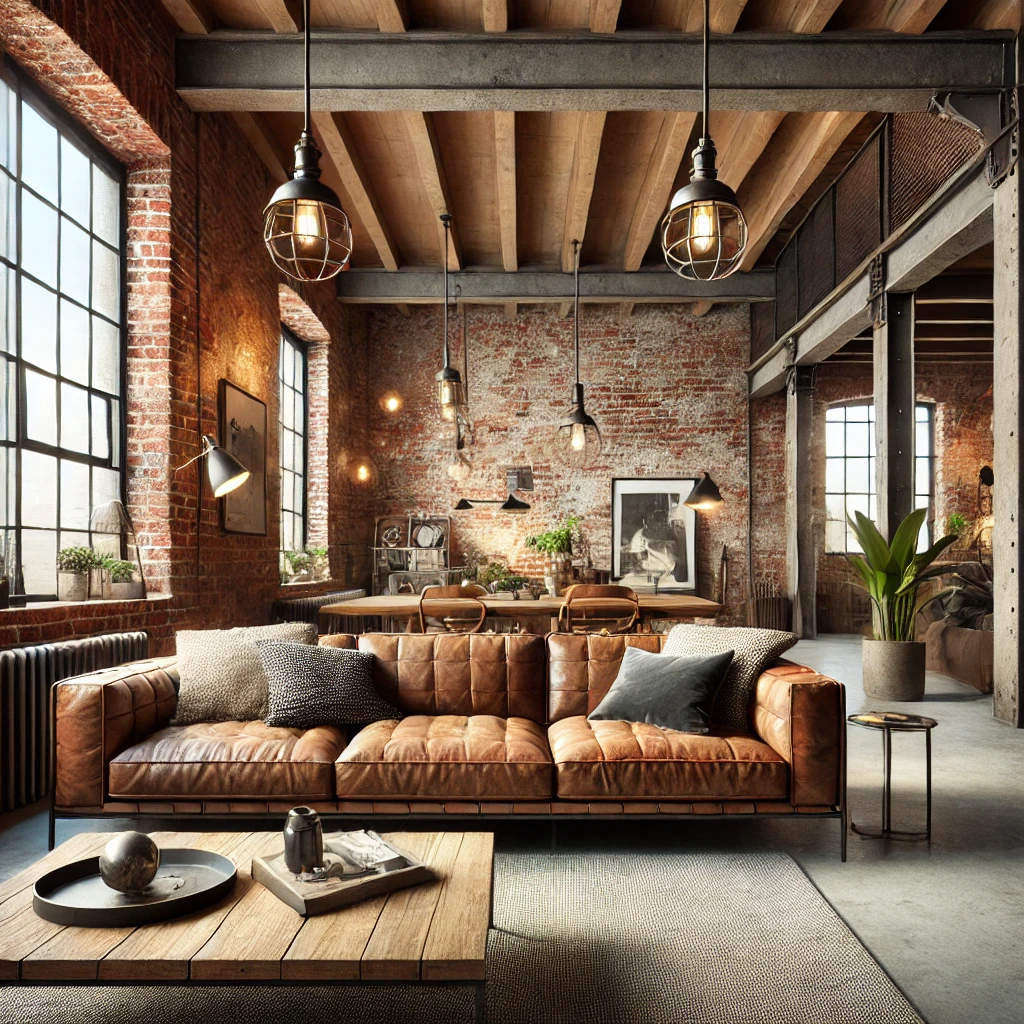Debunking Myths: 8 Misconceptions About Interior Materials

In the world of interior design, certain materials are often dismissed as impractical or outdated. However, with advancements in technology and a bit of creativity, many of these materials can be both functional and stylish in your home. In this article, we’ll explore eight common myths about interior materials and offer expert advice on how to use them effectively.
Myth 1: Wallpaper Doesn’t Belong in the Bathroom
It’s a common belief that wallpaper in a bathroom is a recipe for disaster. Many fear that the humidity will cause the wallpaper to peel, mold to grow, or the room to look shabby quickly. However, architect Sergey Simutin disagrees, stating that with the right type of wallpaper and proper application, it can be a durable and attractive option for bathrooms. Modern washable wallpapers, like vinyl or fiberglass options, are designed to withstand moisture, making them suitable for these environments. For areas directly exposed to water, such as around the bathtub, tiles are still recommended.
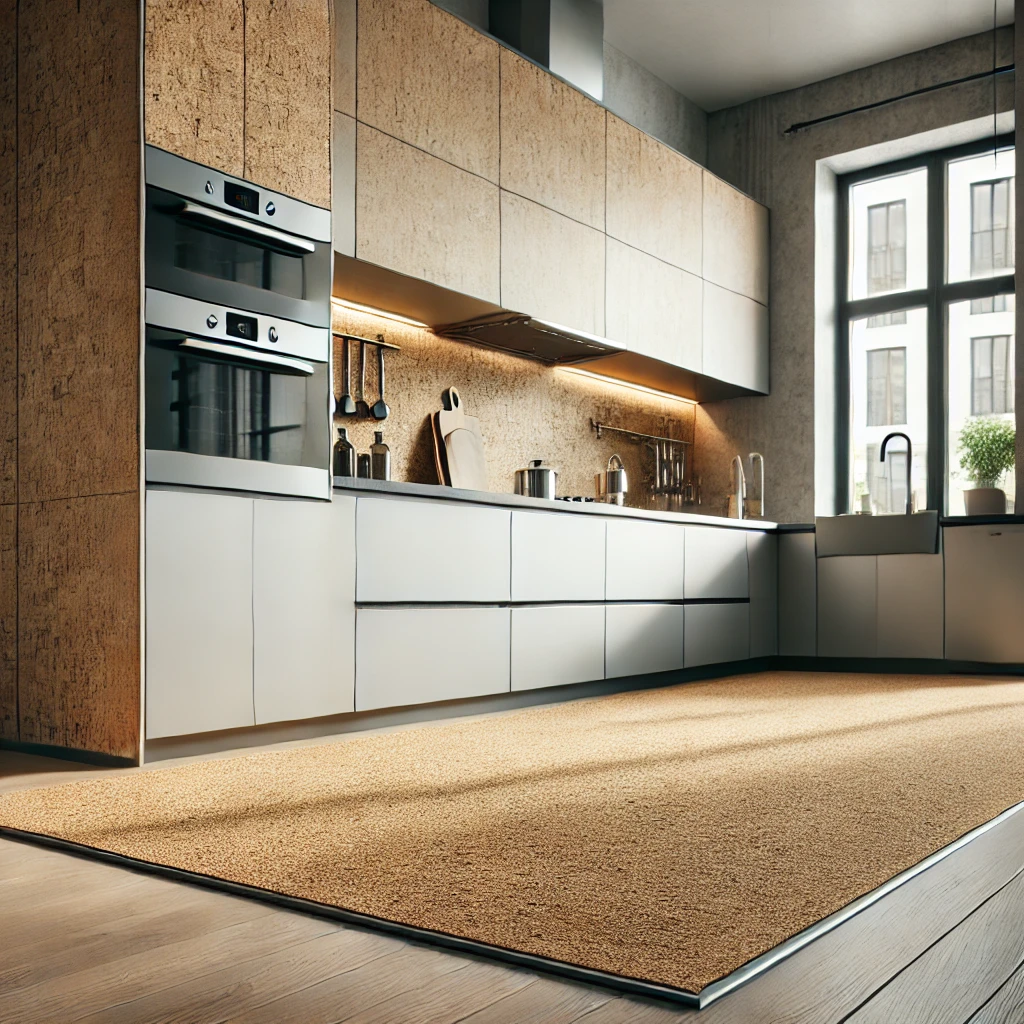
Myth 2: Cork Flooring Is Not Durable
Many people avoid cork flooring, believing it to be too soft and prone to damage. However, designer Irina Kashaeva points out that today’s cork floors are coated with advanced lacquers that make them much more durable than in the past. Cork is not only warm and sound-reflective but also resistant to mold and condensation, making it a great option for kitchens and even bathrooms. While cork walls might not be ideal if you have pets, cork flooring is robust and long-lasting.
Myth 3: Fabric-Covered Walls Are Only for the Wealthy
Fabric on walls might seem like a luxury, but architect Maxim Kharitonov explains that it’s a practical choice that can last for decades. Fabrics can hide imperfections, add warmth, and create a unique aesthetic in any room. They also have the benefit of being removable and washable, offering flexibility in maintenance and design changes. While fabrics do collect dust, regular vacuuming can keep them looking fresh and clean.
Myth 4: Paint Is a Poor Choice for Bathrooms
Many homeowners shy away from using paint in bathrooms, fearing it won’t hold up to the moisture. However, with modern polymer-based paints, this concern is outdated. These paints, including acrylic, silicone, or latex, are water-resistant and easy to clean, making them a viable alternative to tiles. It’s important to choose the right paint type and ensure the bathroom has good ventilation to maintain the finish over time.
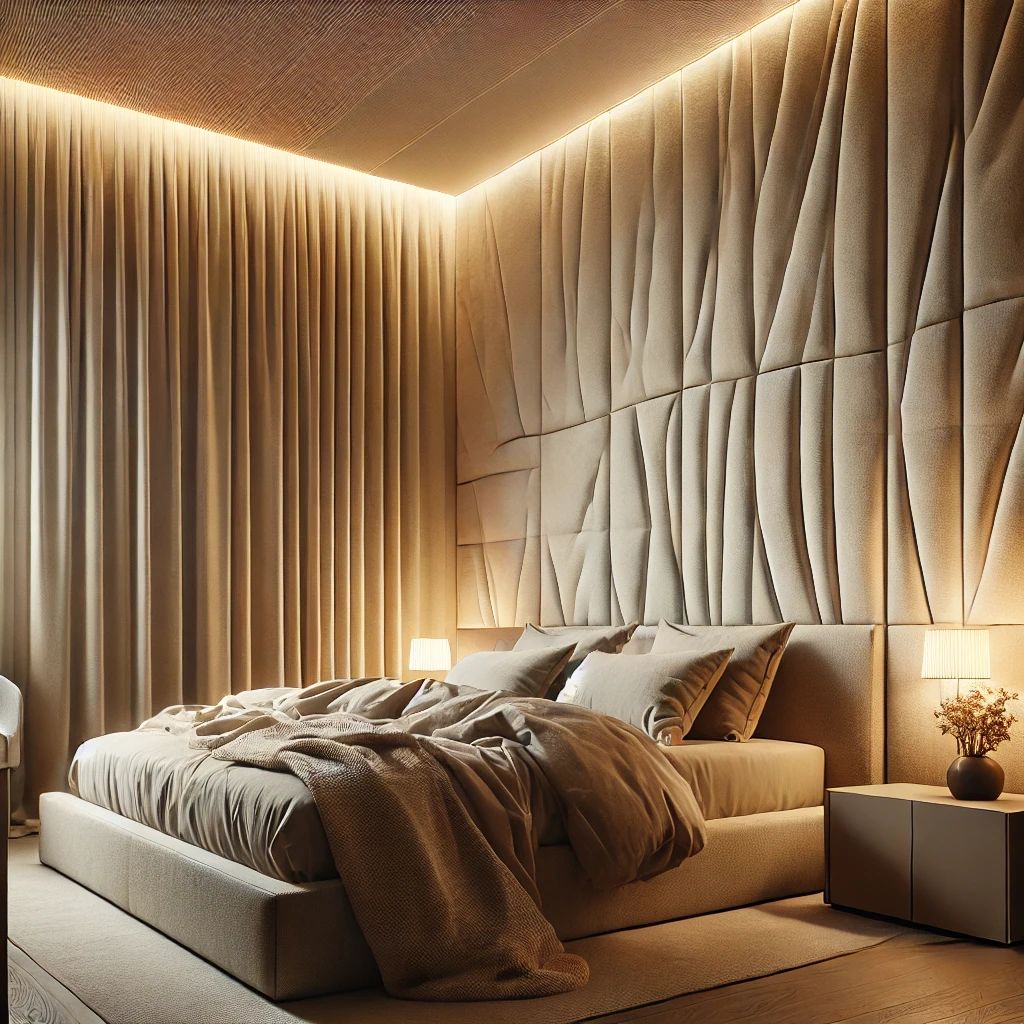
Myth 5: Large Tiles Are Only for Floors
There’s a misconception that large-format tiles are unsuitable for walls, but designer Olga Karpova disagrees. Large tiles can make a room feel more spacious by reducing the number of grout lines, which can create a cleaner, more streamlined look. They are especially effective in small bathrooms, where they can visually expand the space. When using large tiles, careful planning is needed to minimize waste and achieve symmetry.
Myth 6: Decorative Items Are Just Dust Collectors
Some people avoid decorative elements like canopies, moldings, and open shelves because they believe these items will only collect dust. However, designer Olga Savchenko suggests that with regular cleaning, these features can add character and charm to a home without becoming a nuisance. The key is to incorporate decor that you love and are willing to maintain, ensuring that your space remains both practical and personalized.
Myth 7: Carpeted Floors Are Hard to Maintain
Carpets are often avoided because of the perception that they are difficult to clean and harbor dust. Architect Irina Melkova argues the opposite, noting that carpets actually trap dust, preventing it from circulating in the air. This can be beneficial for those with allergies, as regular vacuuming can easily remove the dust from the carpet fibers. For easier maintenance, consider area rugs that can be taken out for cleaning.
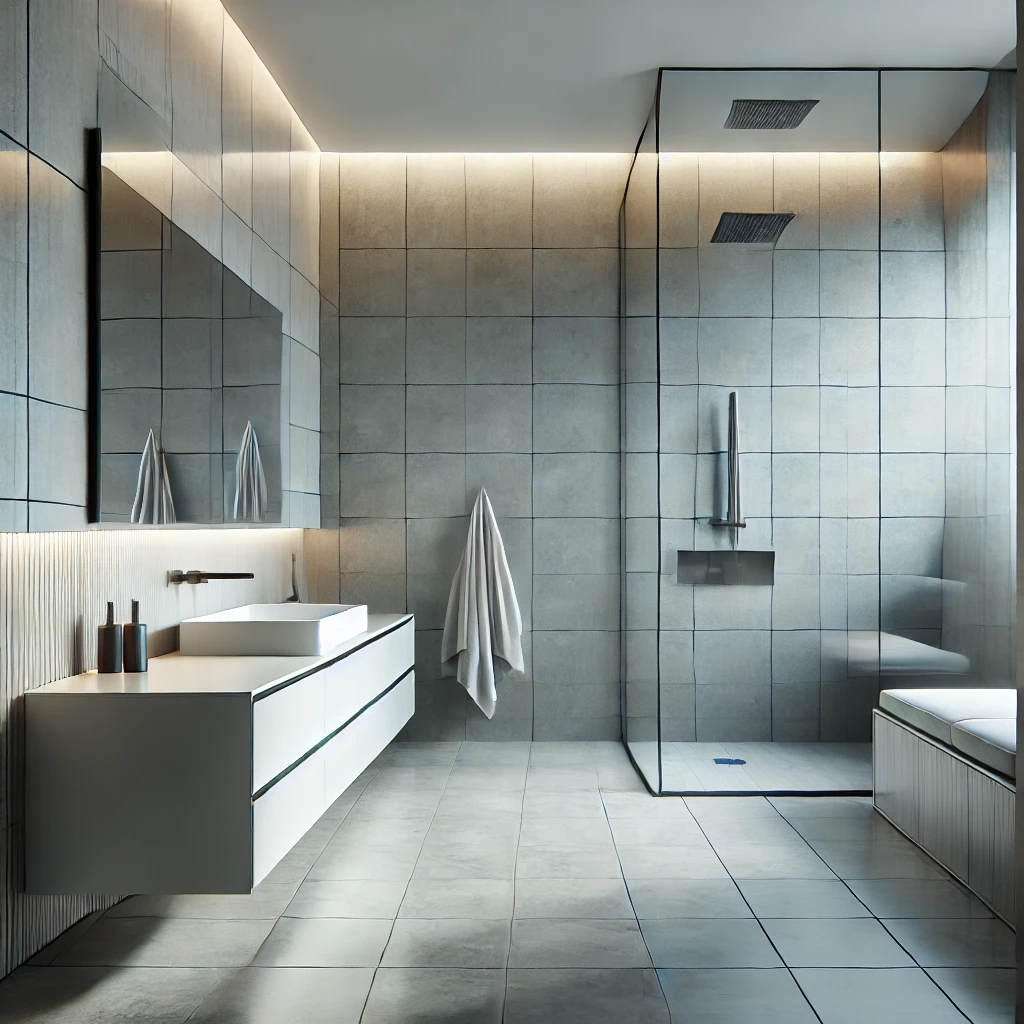
Myth 8: Neutral Colors Are Always the Most Practical
Neutral colors like beige, gray, and green are often seen as practical choices for interiors because they match well with other colors and don’t show dirt easily. However, architects Victoria Korneeva and Anna Besprozvannykh remind us that the practicality of a color depends on the specific context. For example, green might not be the best choice in a beauty salon where clients expect to see themselves in flattering light. Bright colors can add warmth and energy to a space but should be used thoughtfully.
Conclusion: Embrace New Possibilities
The world of interior design is full of possibilities, and many materials that were once considered impractical are now viable options thanks to modern technology. By understanding the benefits and limitations of each material and applying them creatively, you can break free from outdated stereotypes and create a home that is both beautiful and functional.
Looking to renovate your home with innovative materials? ZUBRA COLORS offers a wide range of paints, wallpapers, and flooring options that can help you achieve the perfect look. Contact us today for a free consultation, and let’s explore the possibilities together. We ship worldwide and provide expert support for all your DIY needs. Reach out to us on WhatsApp now!
Examples of Innovative Material Use in Interiors
To better illustrate how these so-called “impractical” materials can be used effectively in your home, here are some examples:
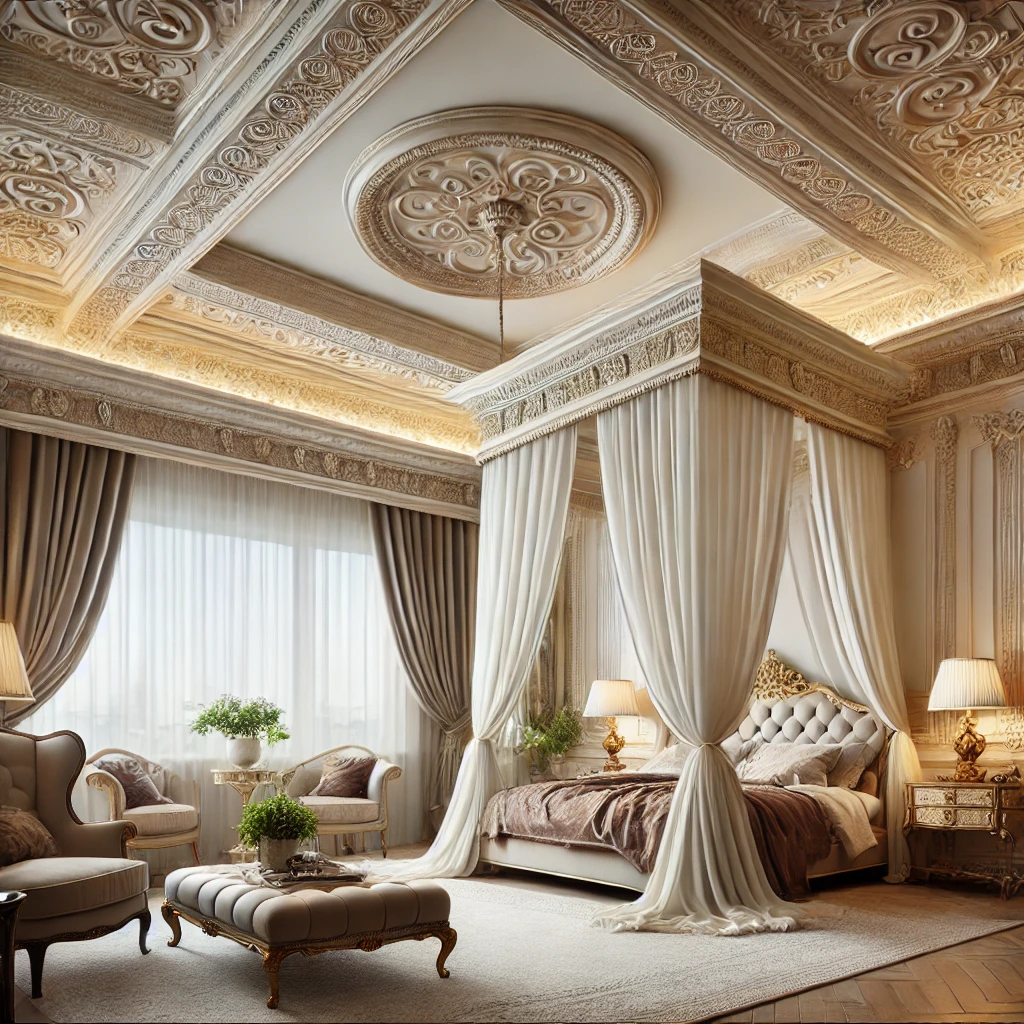
1. Wallpaper in a Bathroom
In this example, a bathroom features moisture-resistant vinyl wallpaper with a bold pattern, adding personality and color to the space. The wallpaper is used on walls that are not directly exposed to water, while tiles are placed around the bathtub and shower areas. This combination allows for a stylish, durable bathroom that defies the conventional wisdom of avoiding wallpaper in humid environments.
2. Cork Flooring in a Kitchen
This kitchen showcases a cork floor that is both practical and comfortable. The cork is sealed with a high-quality lacquer, making it resistant to stains and water damage. Its warm, natural texture adds a cozy feel to the kitchen, while also providing a soft surface to stand on, which is beneficial for long cooking sessions.
3. Fabric-Covered Walls in a Bedroom
In a luxurious bedroom, fabric-covered walls create a soft, inviting atmosphere. The fabric is attached using a special adhesive designed for textiles, ensuring it stays securely in place. The material adds depth and warmth to the room, while also helping to insulate against noise. The fabric panels can be removed for cleaning, making this an elegant and practical choice.
4. Large-Format Tiles on Bathroom Walls
This modern bathroom uses large-format tiles to create a sleek, minimalistic look. The tiles, measuring over 60 cm, reduce the number of grout lines, making the space feel larger and more open. The clean lines and smooth surfaces are easy to maintain, and the large tiles give the bathroom a contemporary, high-end appearance.
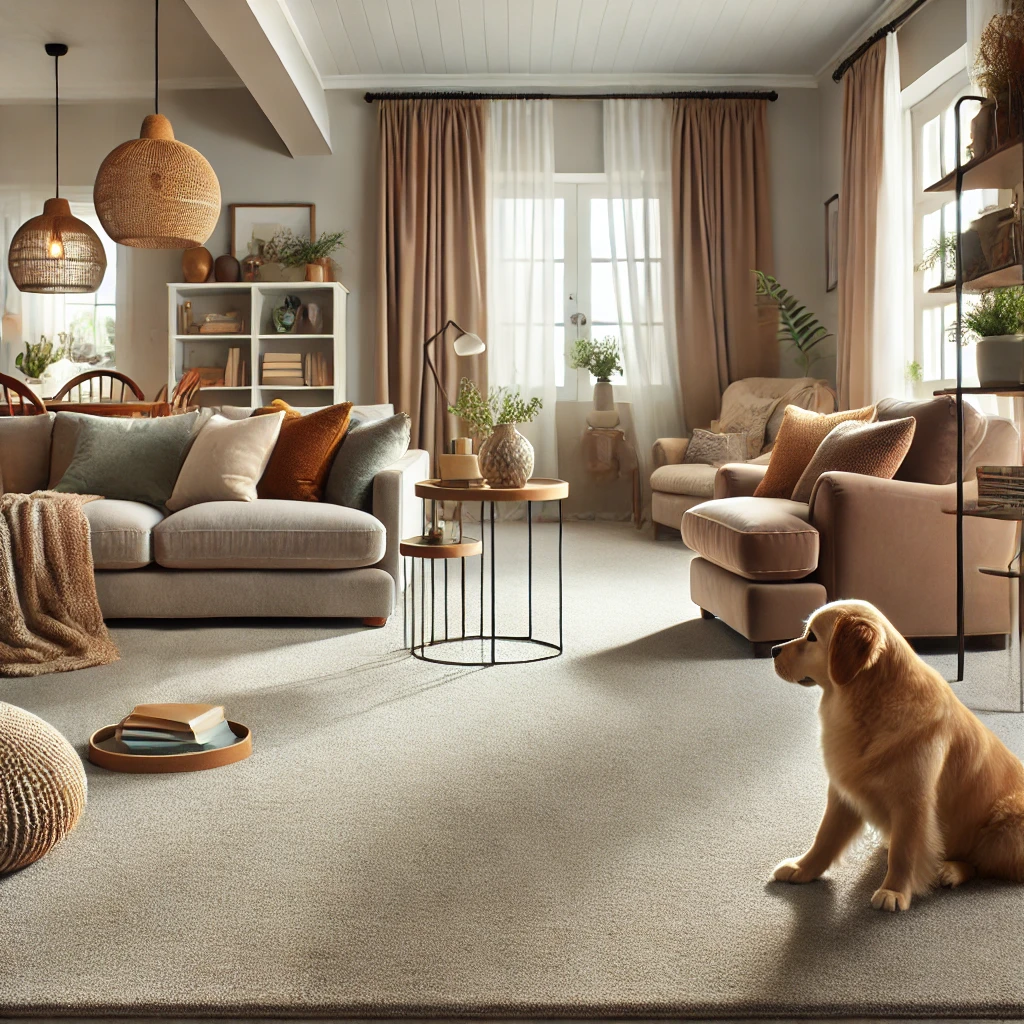
5. Decorative Moldings and Canopies in Living Spaces
In this example, a living room features decorative moldings along the ceiling and a canopy over the bed, adding a touch of classic elegance. While these elements require regular dusting, they contribute to the room’s charm and provide a sense of refinement. With proper maintenance, these features can enhance the beauty of your home without becoming a burden.
6. Carpets in High-Traffic Areas
This family room demonstrates how carpets can be a practical choice even in high-traffic areas. The carpet traps dust and allergens, preventing them from circulating in the air. Regular vacuuming keeps the carpet clean, while the soft fibers provide a comfortable surface for children to play on. The carpet also adds warmth and texture to the room, making it a welcoming space for the whole family.
Final Thoughts: Reconsidering Interior Material Choices
The key takeaway from these examples is that many so-called “impractical” materials can be used effectively in modern interiors. By considering the specific needs of each room and using materials in thoughtful, innovative ways, you can create a home that is both stylish and functional. Don’t let outdated stereotypes limit your design choices—embrace new possibilities and explore the full potential of today’s interior materials.
Ready to start your next home project with innovative materials? ZUBRA COLORS offers expert advice and a wide selection of products to help you achieve the perfect look. Contact us today for a free consultation, and let’s make your vision a reality. We ship worldwide and are here to support all your DIY needs. Reach out to us on WhatsApp now!



